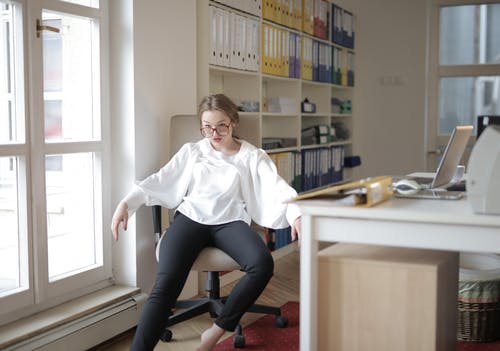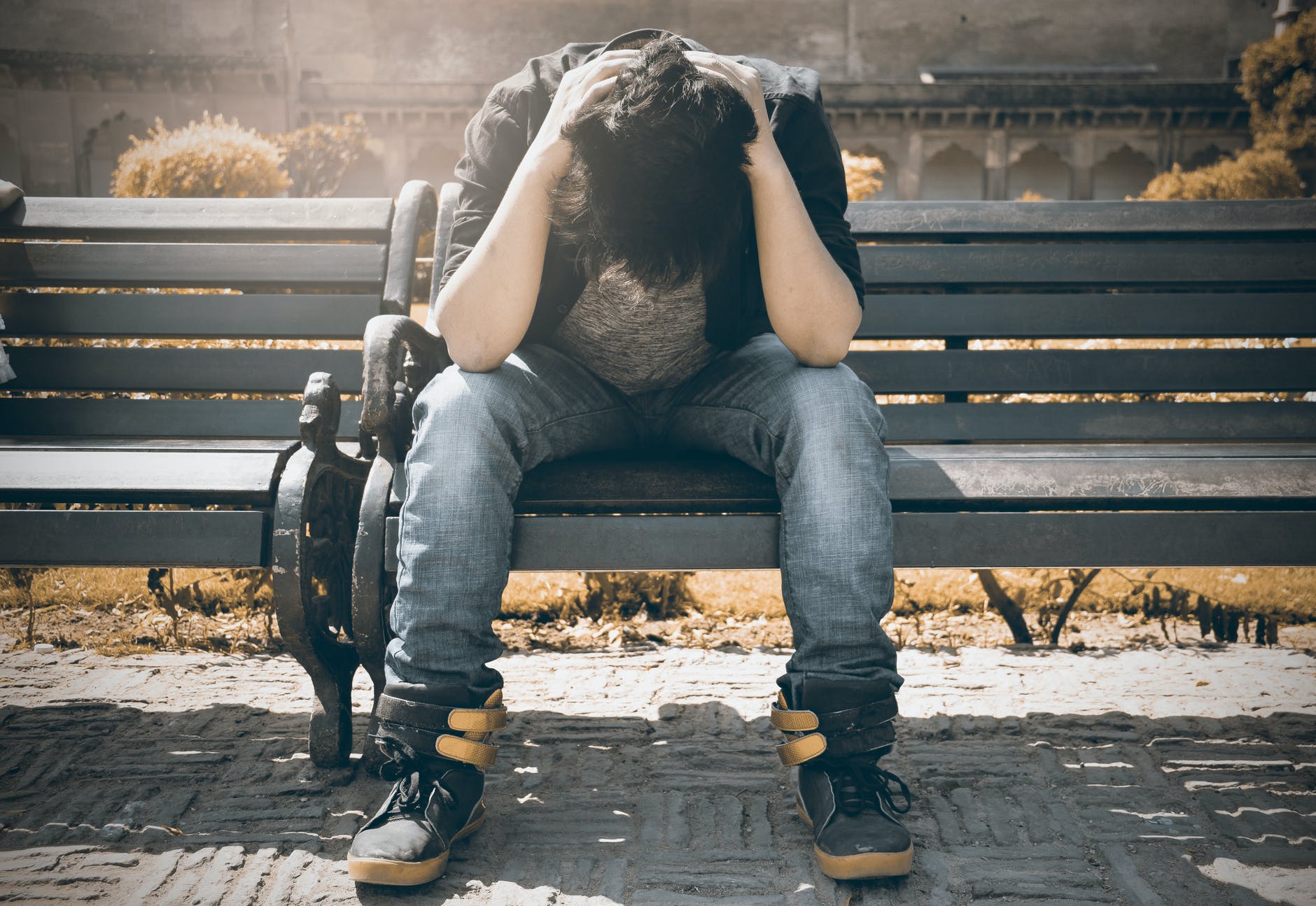School can be a source of support, belonging, learning, and community for kids. But for some, going to school can become challenging or distressing more than anything. According to the Anxiety and Depression Association of America (ADAA), school anxiety affects around 2% to 5% of school-age children.
If your child struggles with school anxiety, consider the following seven tips to see how you can best support them:
- Have a discussion. Use their concerns as an opportunity to have an open discussion about what's causing them to feel anxious. Provide a supportive, safe place for your child to talk about school and what they're struggling with. While talking with them frequently, you have a chance to resolve issues before they escalate.
- Practice relaxation techniques: Talk to your child about strategies that help them feel calm. Deep breathing, guided imagery, and mindfulness are essential relaxation strategies that kids can practice at home and utilize in school. On the other hand, relaxation strategies could include things they can do after school-like spending time with particular friends, listening to music, playing outside, or watching their favorite movie.
- Promote a consistent routine and structure: Anxious children benefit from predictable home routines. Avoid over-scheduling, as this can increase stress for anxious kids, and put specific morning and evening routines in place.
- Role-play different scenarios. Once you’re aware of which situations at school cause your child to feel overwhelmed or anxious, rehearse potential responses and actions they could take. Over time, they’ll feel less anxious and more prepared to handle these situations as they arise. If your child is nervous about meeting new classmates, for example, you can ask your child questions and give them examples of how they can say hello and introduce themselves.
- Stay mindful of your emotions. As a parent, it's hard to see your child having a hard time. You want to help, alleviate their stress, and reassure them. And although you can't control their emotions or every stress-provoking scenario they come across, you have a significant influence on how they respond to them. Kids look to your moods and reactions for clues on how they should handle stress.
- Encourage good sleep hygiene: Sleep deprivation exacerbates symptoms of anxiety and stress. Develop good sleep habits, such as sleeping in a quiet, dark room and keep a regular bedtime schedule, including weekends.
- Talk to the school guidance counselor. Meeting with the school counselor not only helps your child but can reassure you as well. They may present different options to you, like checking up on your child throughout the day or share other suggestions and strategies.
Takeaway
Each child experiencing anxiety does so in their unique way. Learning about your child's specific experience can help you to be effective advocates and thoughtful parents. While school can sometimes be a challenge for kids, they can overcome the difficulties with the proper support.




